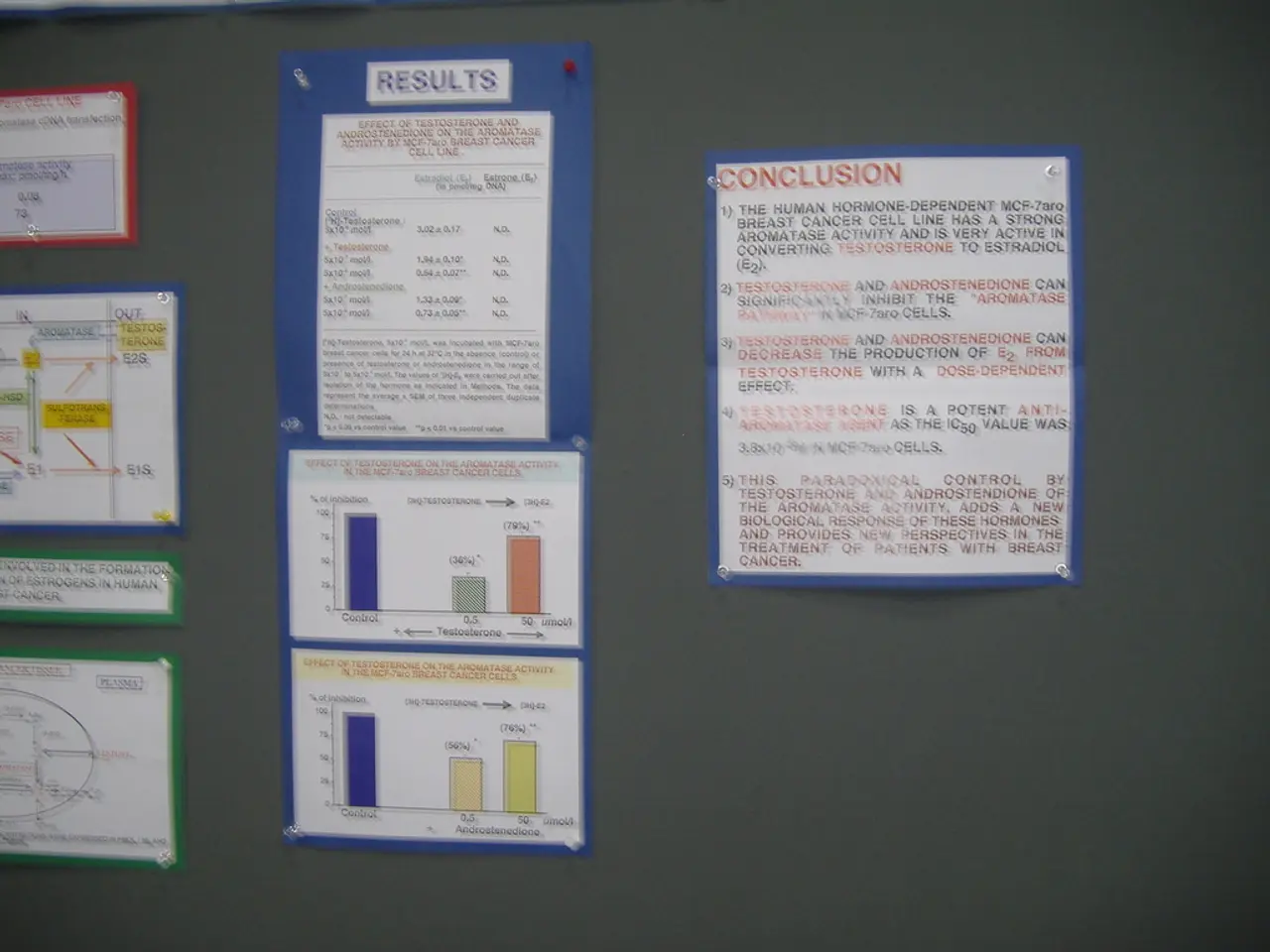Manufacturing sector in Mexico boosts export revenues by 10.6% in June, contributing significantly to the nation's economic growth
Mexico's export revenue for the first half of 2025 reached $312.728 billion, marking a 4.4% annual increase. However, this growth was not evenly distributed across all sectors.
The earnings from the export of non-auto sector manufactured goods increased by 12% in the first half of the year, while the revenue from the automotive sector saw a more modest 4.5% growth. In contrast, the agricultural sector experienced a 7.7% decline in export earnings, and the mining sector's export earnings fell by 5.5%.
One of the most significant factors affecting Mexico’s manufacturing sector exports has been the 25% tariffs imposed on goods imported from Mexico into the United States, including automobiles and automotive parts, along with tariffs on steel and aluminum imports. These tariffs, which have been in place since the Trump administration’s policies, have had a negative impact on Mexico’s manufacturing sector, particularly in the automotive industry.
The 25% tariff on automobiles and automotive parts increases costs for Mexican manufacturers exporting to the U.S., a major market for Mexico’s automotive sector. Steel and aluminum tariffs, which have been raised up to 50% in some cases, have disrupted supply chains and raised input costs for Mexican factories reliant on these raw materials.
These tariffs have indirectly affected manufacturing competitiveness and export potential, leading to a slowdown in investments and job growth, especially in border regions such as Juarez. The disrupted supply chains and higher costs have also contributed to a slowdown in Mexico’s economy and uncertainty about future manufacturing sector growth.
Mexico spent $311.295 billion on imports in the first six months of 2025, a 0.2% increase compared to the same period last year. Despite the increase in import spending, Mexico recorded a trade surplus of $514.4 million in June and $1.43 billion in the first six months of the year.
It's worth noting that more than 80% of Mexico's export earnings come from goods sent to the United States. In 2024, Mexico recorded a surplus of over $170 billion with the United States, its largest trading partner. However, President Trump's announcement of a 30% tariff on imports from Mexico starting Aug. 1 has raised concerns.
Despite these challenges, Mexico's manufacturing sector export revenue increased by 6.2% annually to $283.02 billion in the first half of 2025. The earnings from auto exports to the U.S. increased by 6%, while those sent to other markets declined by 2.6%. This is the first double-digit annual increase in export earnings since November 2024.
The ongoing 90-day negotiation window between the U.S. and Mexico might offer a chance to ease these tariffs, but as of the latest reports, they remain a significant drag on Mexico’s manufacturing exports. The future of US-Mexico trade relations remains uncertain, and the impact of these tariffs on Mexico's economy and manufacturing sector will continue to be a topic of interest.
- The growth in Mexico's business sector, specifically in the export of non-auto sector manufactured goods, has outpaced other sectors with a 12% increase in the first half of 2025.
- In contrast, the news about Mexico's export earnings in industries like agriculture and mining has been less favorable, with a 7.7% decline in agriculture and a 5.5% drop in mining.
- Politics, notably the 25% tariffs imposed on goods from Mexico by the U.S., have had a significant and negative impact on Mexico's industry, particularly the automotive sector.
- The finance sector has also been affected, as the high tariffs on automobiles and automotive parts, steel, and aluminum have increased costs for Mexican manufacturers and disrupted supply chains.




